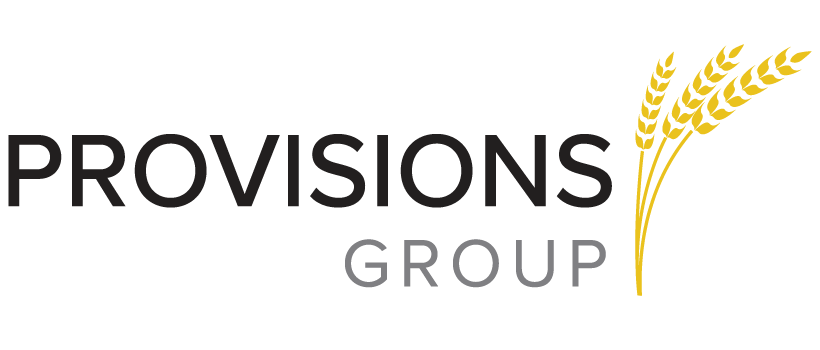End-to-end IT solutions for healthcare organizations.

The Modern Data Stack: A Comprehensive Guide for Dinosaurs
Have you heard the one about the old data engineers trying to load data with new technologies? It's like watching your grandpa try to figure out how to use TikTok. We squint at the screen, poke at the keyboard, and mutter to ourselves, "Back in my day, we loaded data with punch cards and a prayer." And don't even get me started on our attempts to use keyboard shortcuts. It's like trying to perform some sort of arcane ritual with our fingers. Meanwhile, the younger engineers are rolling their eyes and wondering if they should just take over before we old-timers accidentally delete the whole database.
However, data has become a critical aspect of every business in today’s digital age. The ability to effectively and efficiently collect, manage, process, analyze and visualize data is essential for organizations looking to remain competitive and make informed decisions. The modern data stack provides comprehensive and scalable solutions to help organizations achieve this.
If you want to learn more, hit F8 (translation for whippersnappers: F8 = Move Down on a mainframe greenscreen). Otherwise, you can hit F3 (Go to End).
Overview
The modern data stack is a set of technologies and tools that work together to provide a full-fledged data management and analysis solution. It typically includes components for data collection, data storage, data processing, data analysis, data visualization, data governance, and data operations.
This is the first in a 6 part series to help you old-timers (like myself) get up to speed on all of the new goodness available to us if we just stop looking at TikTok (now that we’ve figured it out) and want to move and use data in ways we never dreamed were possible back in the day.
Data Collection
The first step in the modern data stack is data collection. This involves gathering data from various sources such as weblogs, sensors, social media, and more. The data collected can come from internal sources such as business systems or external sources such as public data sets. It is important to collect high-quality data that is relevant and meaningful to the organization.
Data Storage
Once data is collected, it must be stored for later use. The modern data stack typically uses Databases, Data Warehouses, Data Lakes, and the newer Data Lakehouse for data storage. Databases are used to store structured data, while Data Warehouses are designed for large-scale data storage and analysis. Data lakes provide a means to separate the storage function from the processing/query functions – storing data as files on cost-effective storage (such as cloud storage, cheap disks, or storage arrays), making it accessible for distributed techniques for data analysis and machine learning. The newer Data Lakehouse design combines cheap storage similar to a Data Lake with the ability to interact with the data using SQL similar to a Data Warehouse.
Data Processing
The next step in the modern data stack is data processing. This involves transforming the raw data into a format that is suitable for analysis. The use of powerful data processing tools such as Spark, Airflow, Airbyte, Fivetran, Azure Data Factory, Azure Logic Apps, SSIS, Amazon Glue, AWS Step Functions, and Databricks Pipelines makes this step much easier. These tools allow organizations to process large amounts of data in a matter of minutes or hours, making it possible to extract meaningful insights in real time.
Data Analysis
Once the data is processed, it is time to perform data analysis. Data analysis involves using tools such as SQL, Python libraries, and R packages to analyze the data and extract insights. This step is where data scientists and analysts work to uncover patterns, relationships, and trends in the data. Advanced analytics techniques such as machine learning and deep learning can also be used to gain deeper insights.
Data Visualization
Data visualization is an important part of the modern data stack as it makes it easier for organizations to understand the results of their data analysis. By using tools such as Tableau, Power BI, Superset, and Looker, organizations can create interactive visualizations that highlight important insights and trends. These visualizations can be used to communicate results to stakeholders, making it easier for them to understand the data and make informed decisions.
Data Governance
Data governance is a critical aspect of the modern data stack as it ensures that the data is secure and protected against potential threats. Just as importantly, it provides guidelines for ensuring the data is properly managed for tactical, strategic, and practical use. It also helps organizations comply with regulatory requirements such as GDPR and HIPAA. Additionally, the data governance component of the modern data stack includes tools for managing and controlling access to the data, as well as processes for ensuring data accuracy and quality.
Data Operations
Finally, the modern data stack includes data operations, which involve the deployment, monitoring, and maintenance of the various components of the data stack. Data operations are critical for ensuring that the data stack is functioning as expected and that performance and availability are at optimal levels.
In conclusion, the modern data stack provides organizations with a comprehensive solution for data management and analysis. By leveraging the latest technologies and tools, organizations can collect, store, process, analyze, and visualize data more efficiently and effectively, leading to improved business outcomes and increased competitiveness. The transition to the modern data stack is a must for organizations looking to stay ahead in today’s data-driven world. Equally important, it’s essential for us seasoned data engineers to embrace the new tools or we’ll be left behind just like those Assembly programmers we met when we were just getting started in our careers.
Please stay tuned for the other 5 parts of the series coming soon.

